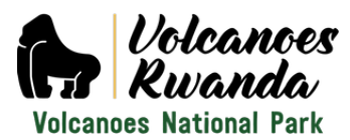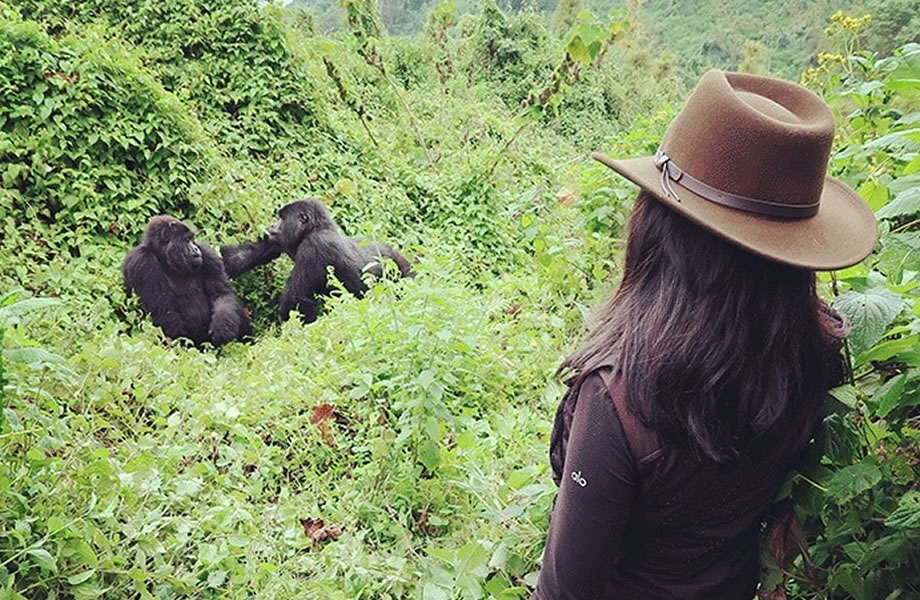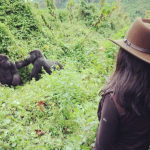Volcanoes National Park, Rwanda is one of our top most destinations to visit for the gorilla tours and it is so much amazing to book your safari from June – December and from January to December every year and you will have wonderful experience. It’s amazing how close the Gorillas allow you to get, and how comfortable they are with your presence. The whole experience exceeded my expectations.
All trips arranged with stays at eco-friendly lodges like the Mountain Gorilla View Lodge is which was excellent in every way. From here it was a 10/15 minute drive to the central meeting point where we were assigned to a group based on our ability & requirements (short, medium or long trek). Groups are limited to 8 people, for 1-hour, once per day to minimize the impact on the gorillas.
There are about 12 different gorilla families you can visit. Most seemed to have a good mixture of Silver backs, females, juveniles and babies. We then drove to the starting point of the trek (for us it was only 10 minutes, but it depends on the family you visit and where they have moved to that day). The trekking was not especially strenuous, but there were some steep uphill climbs, it is a jungle, the ground is uneven, you may have to clamber over rocks, walls, logs etc., and at times the vegetation is quite dense. You don’t know if it will take 10 minutes or 3-hours to find your gorilla family, so be prepared.
No particular specialist equipment is needed. Most people seemed to rock up in typical lightweight hiking/trekking gear. The minimum I would recommend is:
- Walking boots (some people used trainers but found themselves ankle deep in mud, with their trainers left behind when they pulled their feet out…)
- Lightweight raincoat (it is a rain forest after all)
- Long trousers and a shirt with long sleeves (protection against stinging nettles and biting ants)
- Socks long enough to tuck your trousers into (ants again).
- Small bottle of water
- Sun lotion
- Mosquito repellent (we didn’t see many mosi’s, but I think it depends on the time of year)
- Lightweight gardening gloves could also be helpful, but not essential.
- Once we arrived at the trekking site we were able to borrow a wooden walking pole which was useful.
The passes for the Rwanda gorilla tour cost was around US$750 per person at the time, but now increased to US$1500. This seems like a lot of money, but it provides significant investment in the local community, in terms of conservation, salaries, local employment opportunities and infrastructure. Poachers have been retrained as guides, rangers and porters, and now rely on the income from tourism as an alternative to poaching. The time and care that is taken to ensure the safety of the Gorillas is significant (each family has a full time guard).
You don’t really need a porter (unless your rucksack is especially heavy) but I still strongly recommend you consider getting one. They only cost $15per trek, they help you up, over and through the trickier bits, and as above, it’s an important form of alternative income to poaching.
Don’t forget to get your trekking passes well in advance as they are limited and run out months ahead of your travel date (with only 8 people for each gorilla family, that’s only 96 passes per day).
Finally, you’ll need plenty of small denomination notes (US$ or Rwandan Francs). Tipping is customary for many tourism related things (especially the gorilla guides and assistants), so you’ll need to set aside a whole separate tipping budget… As an aside, we typically paid for everything in US$ and never found it a problem.


